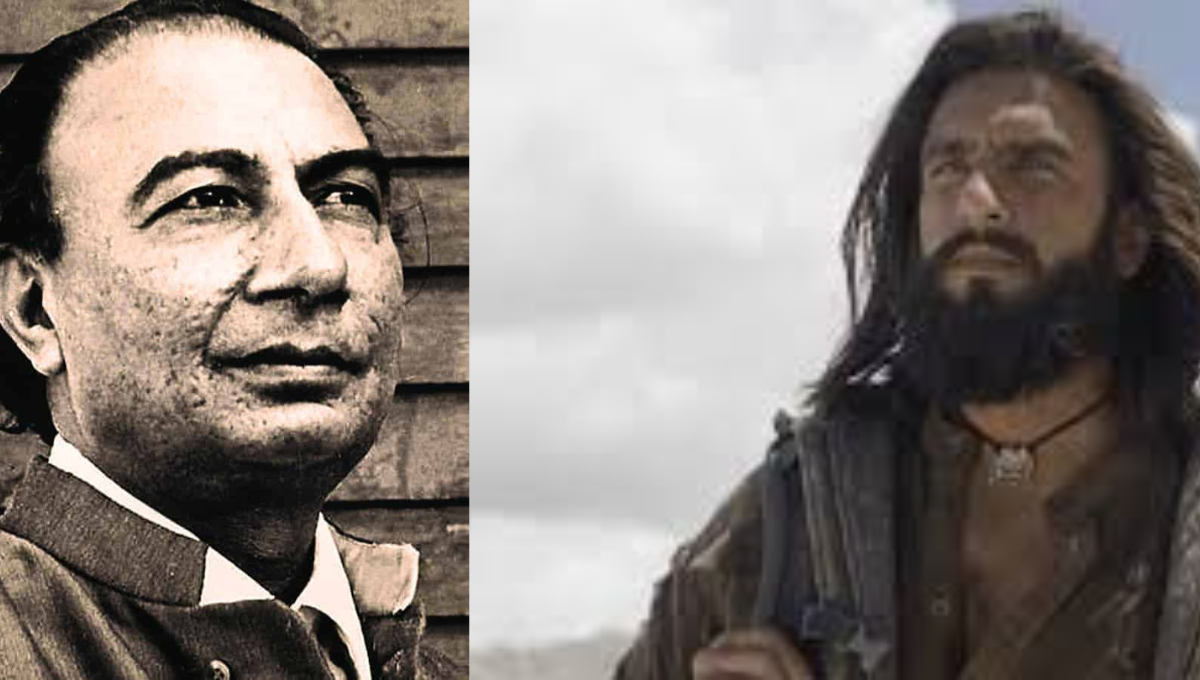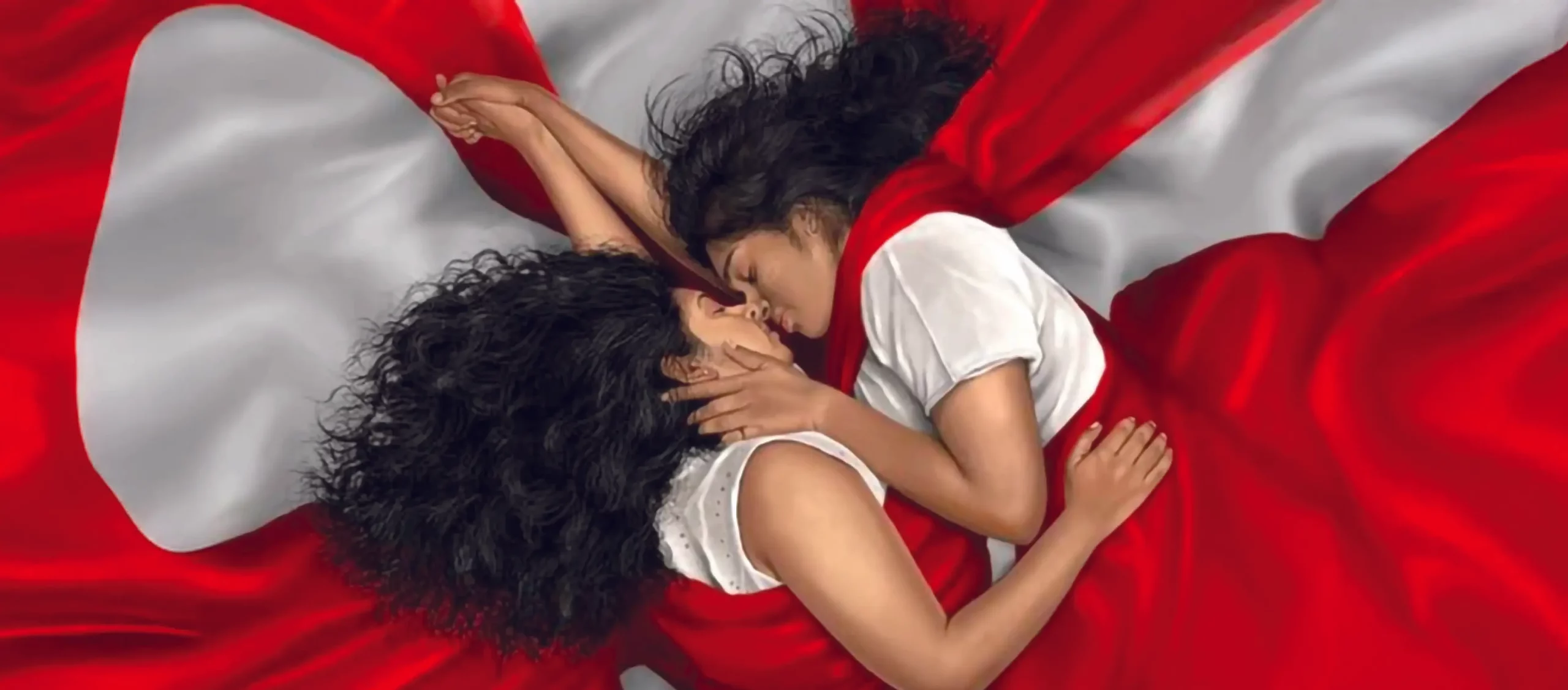If feminism is conceived as an ideology and movement advocating for women’s rights and equality, the answer to the provocative question, ‘Is feminism dead?’ is probably ‘yes’ for some. The obsolescence of feminism can be justified by the increased female achievement and enhanced visibility for women in all spheres of life. The job of feminism is done. However, I argue that if feminism is perceived as an ideology that strives for equality for all, then its work is far from being complete. In fact, because patriarchy and hegemony surreptitiously creep into apparently innocuous spaces, the vigil of feminism is essential. One such space where the investigative guard of feminism is necessary is children’s literature.
While the significance of children’s literature in the educational, linguistic, intellectual and social development of its child readers is unanimously acknowledged, it is commonly perceived as literature to be outgrown in order to move to more ‘complex’/‘serious’, ‘adult’ literature. This general perception of children’s literature being the lower rung of a ladder leading towards ‘complex’/‘serious’, ‘adult’ literature has often led to children’s literature falling outside the purview of serious consideration within mainstream traditions of literary scholarship. Scholars have pronounced that, in line with the late evolution of children’s literature as an exclusive genre, its criticism too is a relatively unexplored area. This delayed embracing of criticism makes children’s literature a potential space where hegemony can crouch hidden away from the feminist interrogation.

Amongst the increasing publication trends of Indian children’s literature, adventure stories make an interesting case in point in their myriad avatars, such as mystery tales, fantasy stories, detective fiction and many more. Inheriting the genre genealogy of Anglo-American adventure stories such as RM Ballantyne‘s The Coral Island, H Rider Haggard‘s King Solomon‘s Mines and Robert Louis Stevenson‘s Treasure Island, which carried the weight of both colonial and patriarchal aspirations, adventure stories in the postcolonial era have become tools for gender revision in the hands of feminist authors such as Robert Munsch’s The Paper Bag Princess, Deborah Underwood’s Interstellar Cinderella or Rosie Revere, Engineer by Andrea Beaty.
if feminism is perceived as an ideology that strives for equality for all, then its work is far from being complete. In fact, because patriarchy and hegemony surreptitiously creep into apparently innocuous spaces, the vigil of feminism is essential. One such space where the investigative guard of feminism is necessary is children’s literature.
As we celebrate the rise of girl power in Indian children’s literature with works such as Manorama Jafa’s From Goddess to Prime Minister: Changing Images of Women in Indian Children’s Literature or Michelle Superle’s Contemporary English-Language Indian Children’s Literature: Representation of Nation, Culture and the New Indian Girl, it might be interesting to see what this feminist revisioning does to the ideas of men and boys in the adventure narratives. My article titled ‘How Hegemonic, How Non-Hegemonic? ‘An Analysis of Masculinity in Indian Children’s Literature in English and Gujarati Languages’ in Berghahn Journal examines the portrayal of male characters in the contemporary adventure narratives in the postcolonial context.
The role of masculinity studies
Such an investigation is required, considering the predominance of male characters in Indian adventure stories for children, from BR Bhagwat’s Fenay in Marathi to Satyajit Ray’s Feluda in Bengali, Srikant Trivedi’s Ajay and Virsen in Gujarati to Deepak Dalal’s Vikram and Aditya in English, which dominate adventure fiction and the inherent ‘masculinist’ orientation of the genre. Also, such an investigation of masculinity is the business of feminist theory! Though feminism has been intertwined with men and masculinity right from its inception, the concept of gender as a social construction paved the way for masculinity studies as a distinct category. Social constructivists, such as Simone de Beauvoir in her famous book The Second Sex, or Gayle Rubin in the essay ‘The Traffic in Women: Notes on the ‘Political Economy’ of Sex’, laid down that the differences between men and women, which form the basis of subordination of women, are socially and culturally constructed rather than biologically given.
Judith Butler, in her influential book Gender Trouble, carries forward the idea of the constructedness of gender into a theory of gender performativity. These ideas have expanded the focus of feminist theory towards gender studies, thereby laying the foundation of masculinity studies. At the same time, the proliferation of research based on women triggered by feminist theory brought to the attention a corresponding lack of such knowledge about men, who have been obscured. As a result, the thrust on masculinity studies has emerged as a frequent theme, slowly picked up by masculinity studies in the Indian context. Indian masculinity studies, which held men responsible for the condition of women in the wake of the women’s movement of the 1970s, have, over the last few decades, started embracing the challenges of men, their bodies and the construction of masculinity.
Hegemonic masculinity in Indian children’s adventure narratives
It is also interesting to note in this context that masculinity studies scholars such as RW Connell and Messerschmitt have understood hegemonic masculinity as the pattern of practice rather than a set of well-defined characteristics. Therefore, it is important to understand these patterns emerging from diverse linguistic and cultural traditions of children’s literature in India. My article chooses children’s stories in English, popularly reckoned as the language of modernism and Gujarati, which is often held as the culprit for its silence on gender issues. The article indicates that decoding the layers of masculinity is far from being a simple exercise. While gentle and new age boys Vikram and Aditya of Deepak Dalal’s Ranthambore Adventure in English seem inherently different from aggressive and violent Changu of Kannaiyalal Ramanuj’s Changu Mangu Na Sahaso Ane Anya Vartao in Gujarati, they adhere to the basic tenets of hegemonic masculinity, such as subordination of the female characters and femininity in men.

Even the female characters, such as Tara of Nilima Sinha’s English text Search for the Sacred Gem, refuse to accept their subordinate positions; hegemonic masculinity reinscribes its tenets more stringently and subtly by keeping the female characters subordinated to reaffirm the feminine and masculine stereotypes. The study finds texts emerging from both linguistic traditions to be upholding the power of hegemonic masculinity by using strategies ranging from the invocation of the male body to asserting the protector function of the male characters, and from reiterating gender stereotypes to subjugating the female or non-masculine male characters.
Children’s story: Hopeful critiques of patriarchal masculinity
Despite these assertions of hegemonic masculinity, the study also shows a ray of hope, as all is not lost. There were also texts especially published after 2000, both in English and Gujarati, that critique patriarchal masculinity through inversion, interrogation and subversion or reconfiguration of alternative masculinities.
Even the female characters, such as Tara of Nilima Sinha’s English text Search for the Sacred Gem, refuse to accept their subordinate positions; hegemonic masculinity reinscribes its tenets more stringently and subtly by keeping the female characters subordinated to reaffirm the feminine and masculine stereotypes.
Joseph Macwan’s Gujarati text Haya, Sumedha, Kashvi critiques the prevalent hegemonic ideals of masculine behaviour by inverting their moral valuation, and Subhadra Sen Gupta’s Double Click! in English inverts the idea of equating masculinity with efficiency by depicting male characters as ineffectual. Repeatedly anthologised Gujarati author Harish Nayak’s adventure stories Tillu Bhillu Na Parakramo turn the heroic male characters into comic characters to undermine patriarchal standards, and the English text Sirish Rao’s Real Men Don’t Pick Prim Roses questions these standards by demonstrating their undesirability and by cataloguing their adverse impact on the male characters who embody them. English text Zai Whitaker’s Andamans Boy projects hybrid masculinity through the protagonist Arif’s longing for and bonding with his mother in contrast to the homosocial world of male bonding and male mentoring. Vanerdesh foregrounds its protagonist Bhamtaram’s relationships in order to underscore the hybridity of his masculinity, which is miscalculating and fallible.
The presence of hegemonic tenets of masculinity underneath gentler versions of masculinity and myriad ways of interrogating these hegemonic versions of masculinity necessitates the vigilance of feminism.
About the author(s)
Prof. Diti Vyas is an Associate Professor at School of Creative Practices and Entrepreneurship at Anant National University. She has an experience of academic teaching, research and consulting spanning of more than two decades. She is a Ph.D. from Indian Institute of Technology, Gandhinagar and researches in the areas of children's literature, education, gender and sustainability communication.






iptv nin tek adresi.